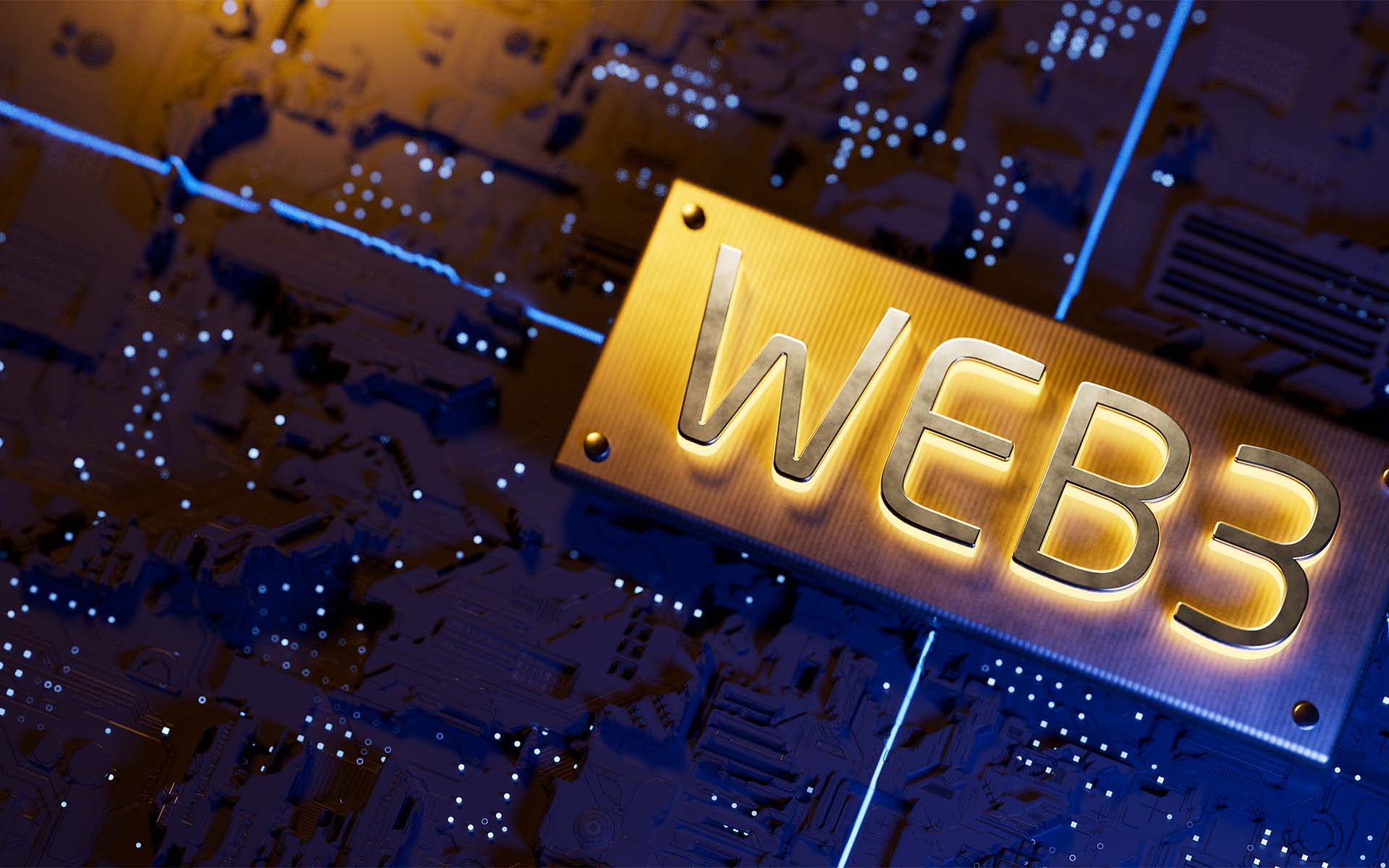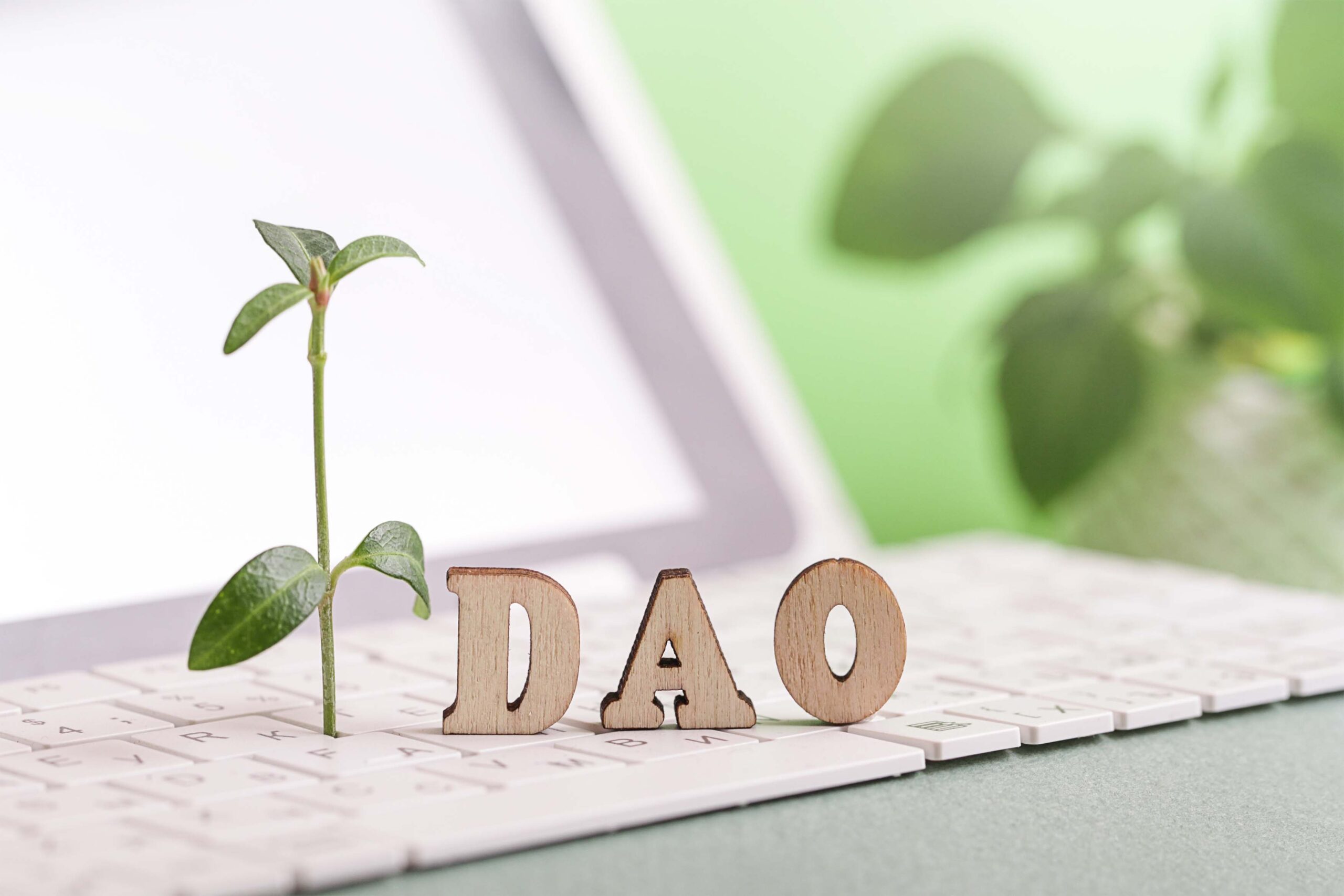Future Perfect Web 3.0, Token and DAO
12 June 2022 | Blockchain | Web3.0 | Token | DAO

The Surge of web3.0 use cases with its crypto, blockchain and metaverse confluence is touted as a movement that will wrest back internet control from the five big tech companies. Contrary to our data residing with centralized organizations today, Web 3.0 would see data residing on blockchain networks and owned by individual users.
Welcome to FUTURE
The World is divided between centralized and decentralized, between Old School economics and the New School economics. The old school of thought is losing control, and the organization with supremacy is getting shaken by the emergence of Decentralized Autonomous Organizations (DAO).
Web3.0 business gains as Blockchain matures, bringing more and better security, transparency, and accountability to the forefront.
Blockchain technology is the driving force of the next-generation internet, Web3.0. Web3 enables tokenized economic interactions without intermediaries; It provides a unique set of data, a universal state layer, e ledger, which is collectively managed by a network of untrusted computers. This Specific state layer allows us to send digital values in tokens entirely peer to peer (P2P), circumventing the double-spending problem.
Token economies refer to the economics of goods and services tokenized. Blockchain technology enables these economies to function without the need for intermediaries and (or) third parties. Blockchain and token economies offer a solution to bridge the physical and digital gap between our increasingly global and virtual worlds.
In the early 1990s, Tim Berners-Lee introduced a new standard—Hypertext Markup Language, or simply HTML—that allowed us to create visually appealing web pages with just a few lines of code.
During those days, most people did not know how to code HTML or create a meaningful website; it took almost one decade to take the web beyond the online directories and billboards, and the moment humanity evolved, the best use web, web2.0, emerged. Now is the very same stage when it comes to the token as an application of Blockchain and the web 3.0

Decentralized Autonomous Organizations (DAOs) are Social organizations embodied by rules integrated into a transparent computer program, under the control of organization members. The DAOs are under the control of organization members without any centralized intervention. It is like an internet community of individuals with common interests. The members come together to build the organization, establish the objectives and set the rules for funding the DAO mission.
How does a DAO work ?
The working of DAOs can provide the essential insights you need to identify the best DAO examples with value. One of the foremost aspects of working DAOs is the creation of rules through community voting by leveraging smart contracts. DAOs use smart contracts to establish the basic rules for their operations, which cannot be changed without votes by core community members. This is where one would come across the need for DAO tokens. Members have to purchase the native token of the DAO, which are cryptocurrencies associated with a project or Multiple projects.
The token holders get voting rights in the community according to their share. The DAO tokens allow ownership in the equity of the DAO alongside shaping up its future growth. One might wonder about its potential uses with the clear answer for “What is a DAO token?”. As of now, many DAO tokens are used for diverse purposes, including charity, fundraising as well as purchasing NFTs.
The top DAO tokens are an obvious example of using technological advancements to drive DeFi governance. They are unique internet-native organizations that allow governance privileges to the community members. As the attention around decentralized finance continues to grow, the role of DAOs has also become a focal point.
Future DAO
DAOs run the gamut from media organizations to venture funds and grant programs to social networks, video games, financial and tech platforms, and philanthropic efforts. (HBR)The DAO movement is still in its infancy and has a number of its challenges to work out when it comes to governance and trust. The mainstream adoption of Web3 rests upon the resolution of questions related to user experience, security, scalability, and regulatory clarity. However, mainstream proliferation could happen sooner rather than later at the current pace of talent acquisition, capital-raising, and innovation in the space.
Referece
www.oreilly.com
HBR.com
- Paradigm Shift in ESG April 14, 2024
- ESG Beyond the Reports March 21, 2024
- The Kenko Eggs A Case Study February 18, 2024
- New Frontier : Carbon Broader Adjustment Mechanism (CBAM) January 27, 2024
- Sustainable Transformation Future ESG Management January 21, 2024
- EUDR Compliance in Indian Trade January 7, 2024
- The Indian Coffee Story : Brewing Harmony December 16, 2023
- The Rubber Story : Between Growth and Sustainability December 10, 2023
- The 4R Strategy : Roadmap to Sustainable Growth December 3, 2023
- Sustainable Indian Coffee: A EUDR Perspective November 10, 2023
- Climate Tech and SDGs: Unlocking Potential October 21, 2023
- ESG Scorecards : TRST01’s Vision October 11, 2023
- The Imperative of Carbon Accounting October 8, 2023
- TRST01Chain on International Coffee Day October 1, 2023
- Footprint Lite – Embracing SME September 24, 2023
- Footprint ESG – Embracing Enterprise September 14, 2023
- Empowering Tomorrow: Innovation, Pivoting, and Sustainability at TRST01 August 27, 2023
- TRST01Chain for Scope 3 Reporting August 12, 2023
- Intelligence of AI with Footprint by TRST01 July 23, 2023
- Generation Z’s Impact on Climate Action July 17, 2023
- Assessing Sustainability: ESG Scorecard Model July 8, 2023
- Introducing TRST01Chain June 26, 2023
- QR Codes and Blockchain Technology June 22, 2023
- EUDR and Sustainable Procurement: The Role of TRST01 June 7, 2023
- Footprint by TRST01 : Revolutionising ESG Reporting with AI and Blockchain May 17, 2023
- Sustainability Unleashed: Carbon Footprints, Web3, and ESG in Climate Action April 26, 2023
- The Web3 Revolution in Food & Agriculture Supply Chain Management with TRST01 April 12, 2023
- Supply Chain Sustainability: Leveraging TRST01’s Web3 Framework to Reduce Carbon Footprints April 12, 2023
- Web3 Setting the Stage for Net Zero! April 1, 2023
- Engaging GenZ in the Metaverse to Conserve Forests March 19, 2023
Share Blog on:




